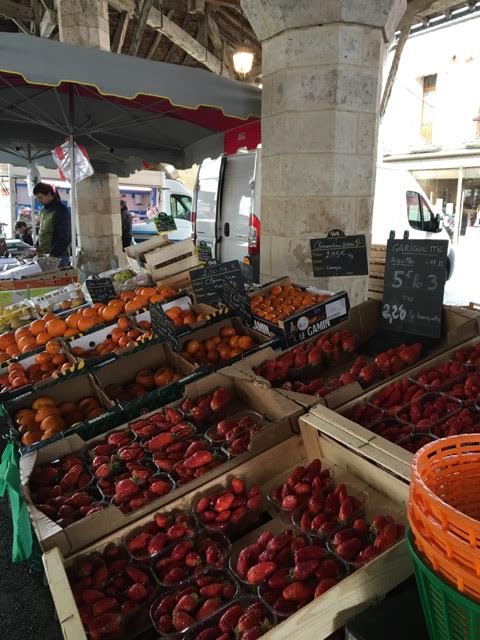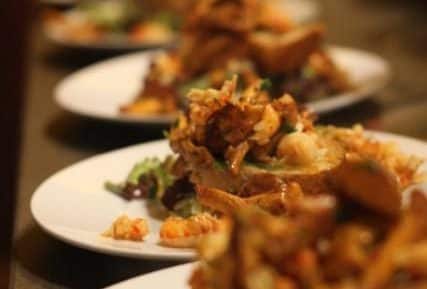I first worked as a cook in London restaurants during my late teens. I remember the excitement in the kitchen as special ingredients were shipped in from around the world: soft perfect mozzarella fresh from Naples, a leg of delicious intensely nutty-flavored Jamón ibérico from Spain, plump ripe fleshy figs from the south of France. There would be a buzz in the kitchen as we gathered round to prize open crates or delve into bags, and then an almost reverential silence as we took out and made our bounty ready for use.
Achieving the excitement, joy and satisfaction of working with incredible produce is a top priority for chefs. This is part of the reason I so love my work as an international private chef, but now I am the one being shipped out to my ingredients.
My jobs can take me all over the world. Every area will have its culinary gems and it’s part of my job to find out what they are, track them down, and bring them back to serve for my clients’ feasts.
Depending on the event and location, which could be a formal dinner party in a swanky Mayfair house, cooking for a family in a remote castle in the wilds of Scotland, or a luncheon at a villa tucked into the hills of Ibiza, there are various tricks, methods and skills I have perfected over the years to make sure I don’t miss any local culinary treasure. There are challenges that varying environments and clients can present, and I have learned how to provide my clients with the very best of whatever foods are available, wherever we may be.
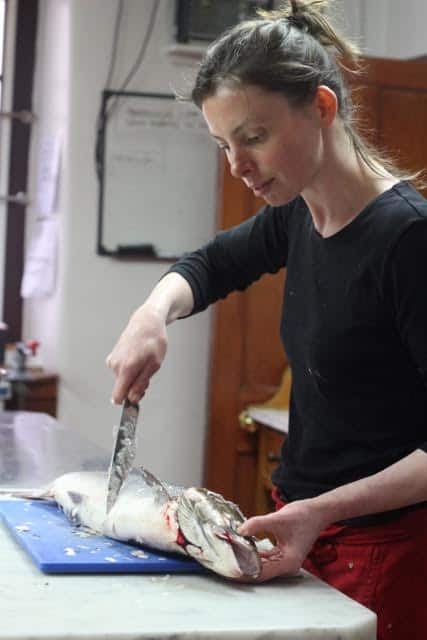
Shooting parties in The Highlands of Scotland
In the colder winter months I am often asked to cook for pheasant, partridge or grouse shoots in the wildly beautiful but very rural parts of Scotland. Guests generally stay in the grand fire-lit, tartan-draped lodges or, if they are lucky, in the wonderfully ancient Scottish castles. But just because they are seemingly in the middle of nowhere, it does not mean they want anything less than top-notch food.
Because of the castles’ remote locations, there is no such thing as ‘popping to the shops.’ Journey times to large markets there can easily take at least one hour, so stocking up in bulk is a must. With food preferences and intolerances, even in the hardy shooting set, it is always worth having a supply of gluten-free products and alternative milks like almond or rice, in case they are required. An initial trip to a big supermarket shop, although very unromantic, is the best way to initially stock the cupboards. There is usually plenty of storage space in old buildings and, as the weather in Scotland is often rather chilly, the great outdoors can serve as extra fridge space when needed!
Menus, of course, have to be dictated by available ingredients, which will usually mean European-style dishes; there is not a great daily demand in these areas for more exotic foods. However over the last few years even local village shops have begun to stock a wider range of produce, including international foods like tahini and quinoa. I still have to ship in specialty items like extravagant chocolates, fine wines, and health food products like teff seeds.
Despite what can feel like a lack of food choices compared to major cities, just outside the kitchen door, when the season is right, rural Scotland has the most incredible wild larder. Having a good relationship with local game keepers and their gillies (aides to the stalkers or fishers) is important in order to get hold of the extraordinary wild salmon, chanterelles, langoustines, grouse, pheasant, venison, partridge and various other foods that can be found on and in the moors, hills, coast and rivers of the surrounding landscape.
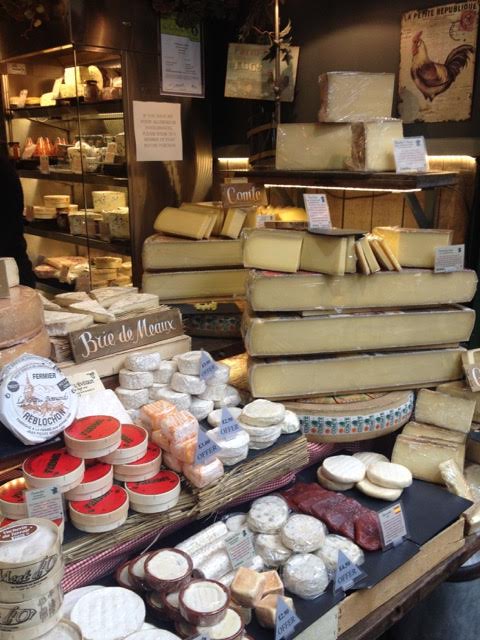
Toulouse, Southwest of France
I’ve traveled a lot in my work, and it is the markets in the South of France that have impressed me the most. Local famers faithfully arrive at the market each week with boxes full of whatever produce is in season. In spring there will be tables of firm bright green asparagus and globe artichokes; in the summer, mountains of perfect peaches and figs; in autumn, the foragers will be selling wooden crates piled high with wild mushrooms; and in winter there will be vans loaded with bright orange pumpkins and cardoons. I have noticed that here, more than anywhere else, the seller does not try to please the buyer with choice, but simply provides what is at its best. Wherever you may be, you are very likely to be able to find a local market any day of the week, and with one lap of the stalls you will know exactly what is in season. When arriving at a new town, finding the market is easy — just follow the trail of elderly French ladies wheeling their shopping trollies behind them!
When I take jobs in the south of France, I try to persuade my clients not to plan menus with me until I have had a chance to visit the local markets. This way they will always get what is best of local, seasonal foods. Meals will tend to be Mediterranean and French, as the Middle Eastern and Asian food crazes that have gripped the rest of the world have been somewhat ignored in the south of France.
Depending on the region, I’ll seek out specialty shops, including chocolatiers, fois gras and duck meat farm shops (usually not very glamorous but with amazing meat), and — of course — la fromagerie, the cheese shop!
London
In a strange way, it is almost harder to plan menus in a cosmopolitan city like London, where it’s easy to find nearly any ingredient from around the world. As a private chef, it is my job to find the best of what is available, which might mean shooting off to every corner of the city to pick up produce from my and my clients’ favorite shops. It is not unusual for me to carry live crabs across the city on the underground train to get them back to the kitchen in the quickest time!
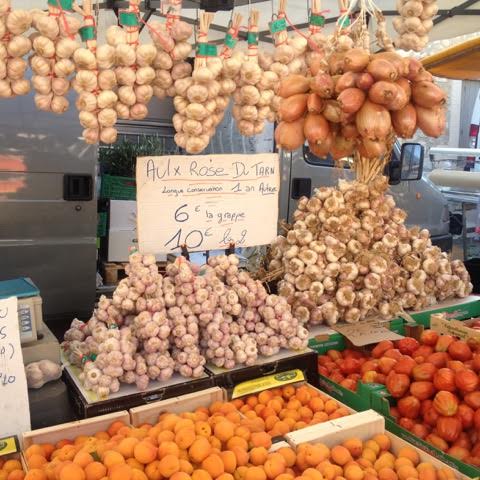
In my job it is important for me keep aware of which food shops are currently selling the best foods, and which have the top reputations. I always do a lot of research before arriving at any destination, looking at what food bloggers have recommended and seeing what local guides say. Social media sites like Twitter, Facebook and Instagram are great for this, but it is important to value the writer’s opinion. I’ve found that once I’ve arrived it is always worth asking the advice of locals and, of course, eating out at restaurants to see what they think is worth serving and eating.
Wherever I go, even when I’m not working, I always try to fit in a trip to the market as well as dive into any specialty food shops I pass. For me it is one of the best ways to learn about an area, the people, and their culture, and ensure that I can produce a veritable moveable feast. ![]()
